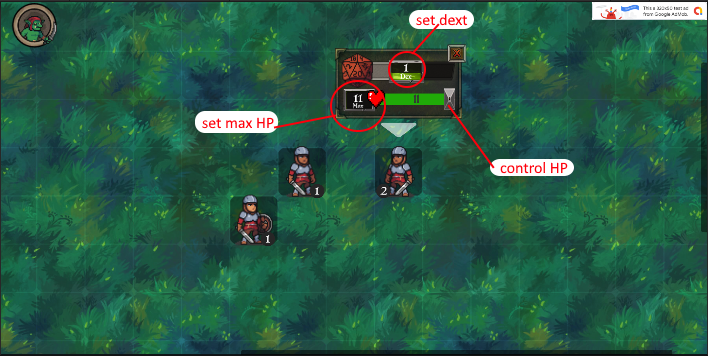
In the vast and immersive world of Dungeons & Dragons (D&D), combat is an integral aspect that brings the tabletop role-playing game to life. Whether you’re facing a horde of goblins, a fearsome dragon, or engaging in a duel with a rival adventurer, understanding the rules of combat is crucial for an enjoyable and strategic gaming experience. This article will guide beginners through the fundamental D&D combat rules, helping you navigate the battlefield with confidence.
Initiative
At the start of combat, the first step is determining the order in which characters and creatures act. This is called initiative. Players roll a 20-sided die (d20), and the result is added to their initiative modifier, usually derived from their Dexterity score. The higher the total, the earlier they act in the round.
Turn Structure
D&D combat is divided into rounds, each consisting of turns for every participant. A turn comprises three main actions: movement, action, and bonus action. Movement is measured in feet, and most characters can move 30 feet in a turn. Actions include attacks, casting spells, or using special abilities, while bonus actions are additional, often quicker actions that certain characters can take.
Attack Rolls
To determine the success of an attack, a player rolls a d20 and adds their attack bonus. The total must meet or exceed the target’s Armor Class (AC). If successful, the player then rolls damage based on the weapon or spell used.
Saving Throws
When a character faces an effect that allows a saving throw (such as a dragon’s fiery breath or a wizard’s spell), they roll a d20 and add their relevant saving throw modifier. The DC (Difficulty Class) is set by the attacking creature or character. Success results in reduced or no damage, while failure may lead to full damage or additional negative effects.
Cover and Terrain
The battlefield is not always a flat, open space. Characters can use cover, such as trees or walls, to gain defensive bonuses. Additionally, difficult terrain may impede movement, affecting the speed at which characters can traverse the area.
Opportunity Attacks
Moving away from an enemy in melee combat without disengaging can trigger an opportunity attack, allowing the opponent a free swing. Disengaging as an action prevents this, but limits other actions the character can take in that turn.
Status Conditions
Combat can introduce various status conditions, such as being blinded, paralyzed, or poisoned. Each condition has specific effects, and understanding them is vital for strategic decision-making during the heat of battle.

imagination is more than the dnd combat rules
Mastering the art of D&D combat takes practice and a willingness to immerse yourself in the rules. As you embark on your tabletop adventures, remember that creativity and teamwork are just as important as the dice rolls. With a solid understanding of these combat rules, you’re equipped to face any foe, conquer any dungeon, and weave a legendary tale within the realms of Dungeons & Dragons. May your blades be sharp, your spells potent, and your victories legendary!
